Table of content
Chaoshan beef hotpot, a culinary gem from China’s Guangdong Province, has captivated food enthusiasts worldwide with its emphasis on freshness, texture, and the delicate balance of flavors. Central to this dish is the meticulous selection and preparation of beef cuts, each offering a unique sensory experience. From tenderloin to tripe, every part of the cow is celebrated, but not all cuts are created equal. This article explores the anatomy of Chaoshan beef hotpot, dissecting the most prized cuts and revealing why they earn their place at the center of the dining table.
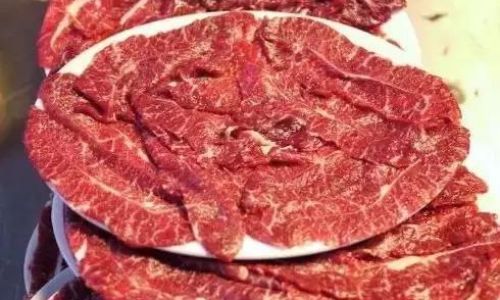
The Philosophy Behind Chaoshan Beef Hotpot
Chaoshan cuisine prioritizes simplicity and respect for ingredients. Unlike spicy Sichuan hotpot or aromatic Thai soups, Chaoshan beef hotpot relies on a clear, nourishing broth—often simmered for hours with beef bones, radish, and corn—to highlight the meat’s natural taste. The star of the show is the beef itself, sliced paper-thin and arranged on platters by body part, each labeled with its Chinese name and recommended cooking time. Diners are encouraged to savor the nuances of each cut, from the melt-in-your-mouth tenderness of neck meat to the chewy resilience of tendon.
The Anatomy of Flavor: Key Cuts Explained
Neck Meat (脖仁/Bǒ Rén)
Often dubbed the “crown jewel” of Chaoshan beef hotpot, neck meat is prized for its perfect marbling—a lace-like network of fat that dissolves into buttery richness when cooked. This cut comes from the cow’s upper neck, a muscle that works continuously, resulting in a balance of tenderness and resilience. When dipped into the broth for 8–10 seconds, the meat transforms into a velvety texture with a mild, beefy sweetness. Due to its limited supply (each cow yields only 1–2% of this cut), neck meat is typically the first to sell out at authentic Chaoshan restaurants.
Shoulder Blade (吊龙/Diào Lóng)
The shoulder blade, or diào lóng, is a versatile cut that strikes a harmony between lean muscle and subtle fat. Located along the cow’s back, this area experiences moderate movement, yielding meat that is both tender and slightly chewy. Cooked for 10–12 seconds, it offers a robust beef flavor with a satisfying bite. Its accessibility and balanced texture make it a favorite among regulars, often serving as the benchmark for judging a restaurant’s quality.
Ribeye (匙柄/Chí Bǐng)
Named for its resemblance to a spoon’s handle (chí means “spoon” in Chinese), ribeye is characterized by a thin line of connective tissue running through the center of the lean meat. This cut, taken from the cow’s rib section, combines tenderness with a subtle springiness. When cooked briefly (8–10 seconds), the tissue softens into a gelatinous texture, while the surrounding meat remains juicy and flavorful. Its unique combination of softness and structure makes it a standout choice for those seeking variety.
Tenderloin (嫩肉/Nèn Ròu)
As the name suggests, tenderloin is the most tender cut, sourced from the cow’s underbelly, a muscle that sees minimal exertion. With virtually no fat or connective tissue, it cooks to a velvety texture in just 6–8 seconds. While its mild flavor makes it approachable for newcomers, purists argue it lacks the complexity of fattier cuts. To elevate its taste, many diners pair it with pungent dipping sauces like chili oil or fermented bean paste.
Brisket (胸口油/Xiōng Kǒu Yóu)
A polarizing yet iconic cut, brisket—or xiōng kǒu yóu—is a layer of fatty tissue from the cow’s chest. Despite its intimidating appearance (resembling pure white fat), it transforms when cooked for 2–3 minutes. The heat renders the fat into a crispy, golden texture with a milky, almost nutty flavor. While initially off-putting to some, its addictive crunch and richness have earned it a cult following. Pro tip: Pair it with a tart dipping sauce to cut through the richness.
Tripe (百叶/Bǎi Yè)
Tripe, or bǎi yè, is a testament to Chaoshan chefs’ mastery of offal. Taken from the cow’s stomach lining, this cut is meticulously cleaned and sliced into thin, ruffled strips. Cooked for 8–10 seconds, it retains a pleasant chewiness without any gaminess. Its porous texture allows it to absorb the broth’s flavors, making it a favorite for those who enjoy textural contrast.
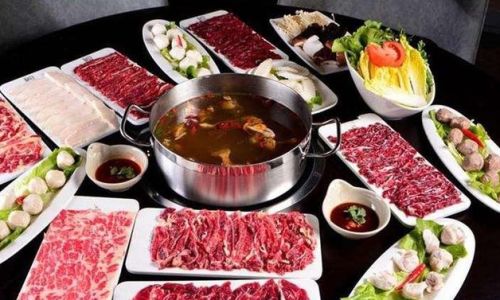
Tongue (牛舌/Niú Shé)
Beef tongue is a hidden gem, offering a dense, meaty texture with a hint of mineral richness. Sliced thinly against the grain, it cooks in 10–12 seconds, developing a tender yet slightly firm consistency. Its mild flavor pairs well with zesty sauces like lime and cilantro, adding a refreshing twist to the meal.
The Science of Slicing and Cooking
The magic of Chaoshan beef hotpot lies not just in the cuts but also in the precision of preparation. Butchers train for years to master the art of slicing, using sharp knives to shave meat into translucent sheets that cook in seconds. The thickness—typically 1–2 millimeters—ensures even cooking and maximum tenderness.
Cooking times are equally critical. Overcooking even the most prized cut can render it tough, while undercooking leaves it raw and chewy. Restaurants often provide egg timers or sandglasses to guide diners, but seasoned patrons rely on instinct, swirling meat in the broth until it changes color but remains supple.
Dipping Sauces: Enhancing, Not Overpowering
Chaoshan dipping sauces are designed to complement, not dominate, the beef’s flavor. A typical condiment tray includes:
- Soy sauce: For umami depth.
- Sesame oil: To add richness.
- Chili oil: For a spicy kick.
- Minced garlic and cilantro: To freshen the palate.
- Fermented tofu: For pungent complexity.
The key is to mix these sparingly, allowing the meat’s natural taste to shine. Over-saucing is considered a faux pas in Chaoshan dining circles.
The Cultural Experience
Eating Chaoshan beef hotpot is as much a cultural ritual as a meal. Families and friends gather around simmering pots, engaging in lively conversation as they cook and share dishes. The communal aspect extends to the kitchen, where butchers perform a daily ballet of disassembling half a cow, sorting cuts into labeled trays, and delivering them to the dining floor within hours of slaughter.
For visitors, the experience offers a lesson in humility. The menu’s lack of English translations and the need to gesture at desired cuts force diners to embrace uncertainty—a trait that often leads to the most rewarding discoveries.
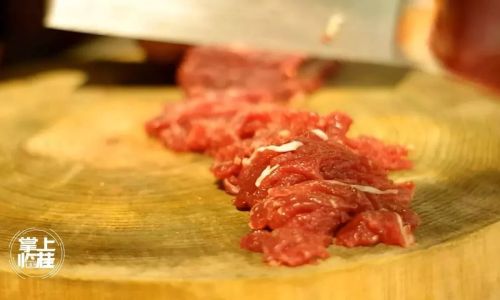
Sustainability and Ethics
Modern Chaoshan beef hotpot restaurants often highlight their commitment to ethical sourcing. Many partner with local farms that prioritize animal welfare, ensuring cows are grass-fed and stress-free. This approach not only improves meat quality but also aligns with growing global demands for sustainable dining.
Beyond Beef: Completing the Meal
While beef is the star, no Chaoshan hotpot meal is complete without accompaniments. Fresh vegetables like enoki mushrooms, bok choy, and tofu skin provide textural contrast, while hand-pulled noodles (粿条/guǒ tiáo) soak up the broth’s essence. For dessert, a simple bowl of tangyuan (sweet rice balls) or chilled almond tofu offers a refreshing palate cleanser.
The Global Appeal
In recent years, Chaoshan beef hotpot has transcended cultural boundaries, with restaurants popping up in New York, London, and Sydney. While purists debate the authenticity of these overseas outposts, there’s no denying the dish’s universal appeal. Its emphasis on freshness, minimalism, and communal dining resonates with health-conscious foodies and adventure seekers alike.
Conclusion: A Taste of Precision and Tradition
Chaoshan beef hotpot is a masterclass in culinary specificity. Each cut tells a story—of the cow’s life, the butcher’s skill, and the diner’s discernment. Whether you prefer the luxurious melt of neck meat or the satisfying crunch of brisket, the dish invites you to slow down, savor, and appreciate the alchemy of simplicity. So next time you find yourself at a Chaoshan restaurant, resist the urge to order “just beef.” Instead, embark on a journey through the cow’s anatomy, and let your taste buds decide which cut reigns supreme. After all, in the world of Chaoshan cuisine, every part has its moment to shine.

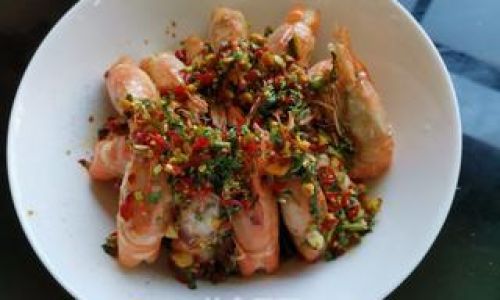
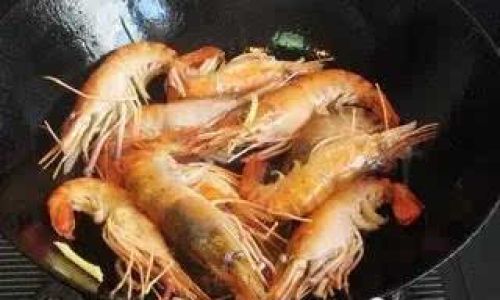
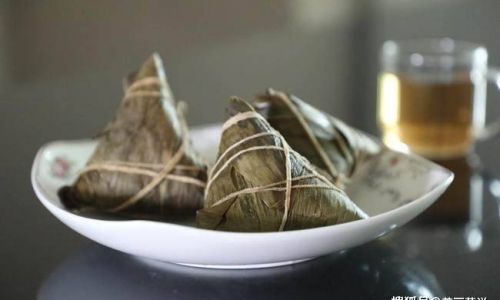


0 comments